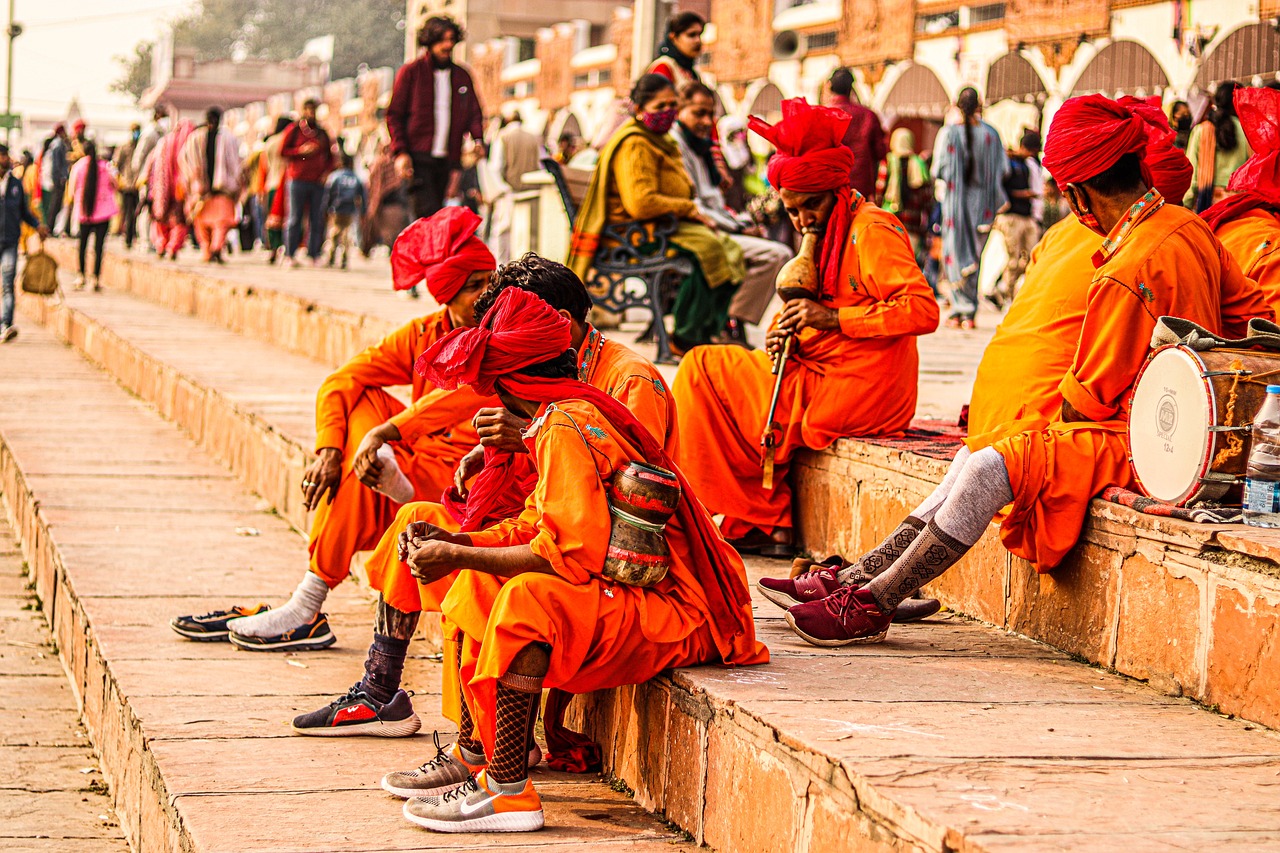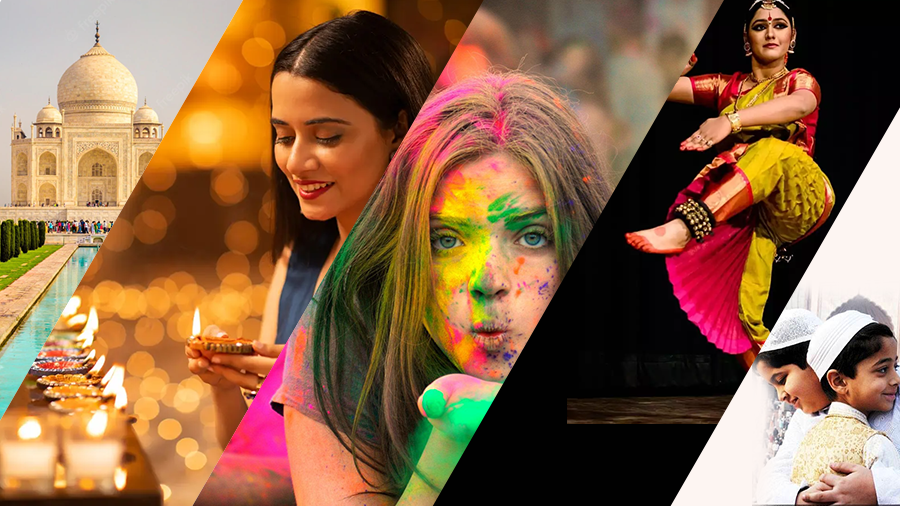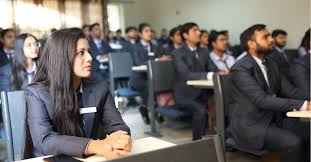
The Intersection of Tradition and Modernity in Indian Society : Balancing the rich heritage with the aspirations of a contemporary world.
- admin
- September 24, 2025
- culture, Philosophy
- 0 Comments
Introduction
India is a land of contrasts where centuries-old traditions coexist with modern aspirations. This unique blend of the old and the new has defined the country’s cultural, social, and economic fabric. While traditions anchor Indian society in its historical and cultural roots, modernity propels it toward innovation and progress. The interplay between these forces shapes India’s identity and poses both opportunities and challenges.
Tradition: The Pillar of Indian Identity
1. Cultural Heritage
India’s traditions are deeply rooted in its diverse cultural practices, festivals, and art forms.
- Examples of Traditions:
- Festivals: Celebrations like Diwali, Eid, and Christmas promote communal harmony.
- Art Forms: Bharatanatyam, Kathak, and folk dances like Bihu and Garba preserve India’s artistic heritage.
(Source: Ministry of Culture)
2. Spiritual and Philosophical Foundations
India’s spiritual traditions, including yoga and meditation, have gained global recognition, offering a blend of ancient wisdom and modern wellness.
- Global Influence:
- The International Day of Yoga is celebrated worldwide, reflecting India’s contribution to global health and well-being.
(Source: Ministry of AYUSH)
3. Family and Community Values
Traditional Indian society places a strong emphasis on family and community bonds, which provide emotional and social stability.
Modernity: Driving Transformation
1. Economic Growth and Urbanization
Economic liberalization in 1991 marked a turning point, propelling India into the global economic arena.
- Impact:
- India is now the fifth-largest economy globally, with thriving urban centers like Bengaluru and Mumbai leading innovation.
(Source: Ministry of Finance)
2. Technological Advancements
The Digital India initiative has transformed governance, education, and healthcare, making modern services accessible to even the remotest corners.
- Examples:
- Aadhaar: The world’s largest biometric ID system.
- e-Governance: Digital platforms for public service delivery.
(Source: Digital India)
3. Social Progress and Individualism
Modernity has introduced concepts like gender equality, LGBTQ+ rights, and individual freedom, challenging traditional norms and fostering inclusivity.
- Legislative Changes:
- Decriminalization of Section 377 in 2018 marked a significant step toward LGBTQ+ rights.
(Source: Supreme Court of India)
The Challenges of Reconciliation
1. Generational Divide
Differences in values between older and younger generations often lead to conflicts over lifestyle choices, career paths, and family structures.
2. Cultural Erosion
The influx of global culture and consumerism sometimes leads to a dilution of traditional practices and values.
- Example:
- Decline in the use of regional languages in favor of English among urban youth.
3. Social Inequalities
While modernity has brought progress, it has also widened economic and digital divides, leaving traditional communities at risk of marginalization.
(Source: National Sample Survey Office (NSSO))
The Synergy Between Tradition and Modernity
1. Blending Traditional Wisdom with Modern Practices
India is finding innovative ways to merge the old and the new.
- Examples:
- Ayurveda Meets Modern Medicine: Research and integration into contemporary healthcare practices.
- Smart Cities: Incorporating traditional architectural elements into modern urban planning.
(Source: Ministry of Housing and Urban Affairs)
2. Cultural Preservation Through Technology
Digital platforms are being used to document and promote traditional art forms, languages, and rituals.
- Initiative:
- The National Mission for Manuscripts digitizes ancient texts to preserve India’s literary heritage.
(Source: Indira Gandhi National Centre for the Arts)
3. Redefining Social Norms
Modernity is challenging regressive practices like caste discrimination and gender biases, while traditional values like respect and community welfare continue to thrive.
Opinionated Yet Balanced Perspective
The interplay of tradition and modernity in Indian society is both dynamic and complex. While modernity challenges certain traditional norms, it also provides tools to preserve and enhance India’s cultural legacy. Striking a balance between these forces is essential to maintaining India’s unique identity while fostering progress.
Conclusion
India’s strength lies in its ability to adapt to change while staying rooted in its traditions. The intersection of tradition and modernity is not a conflict but a synergy that defines India’s identity. By embracing the best of both worlds, India can chart a path that honors its heritage while embracing innovation and inclusivity, ensuring a vibrant and progressive society for generations to come.



